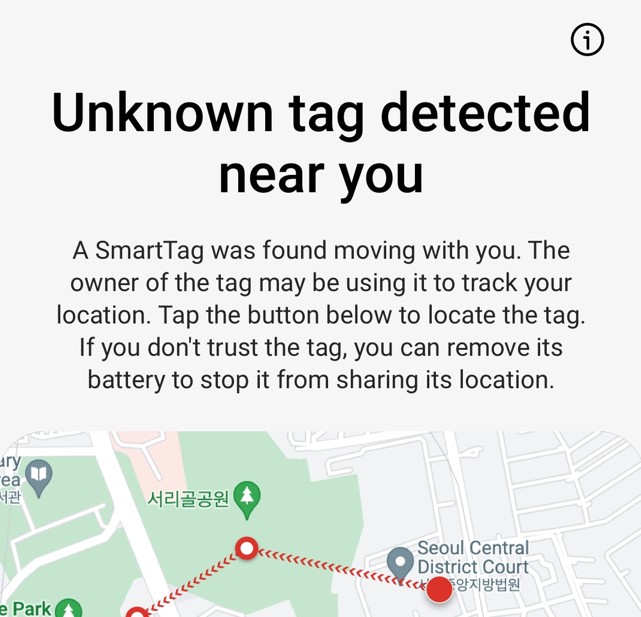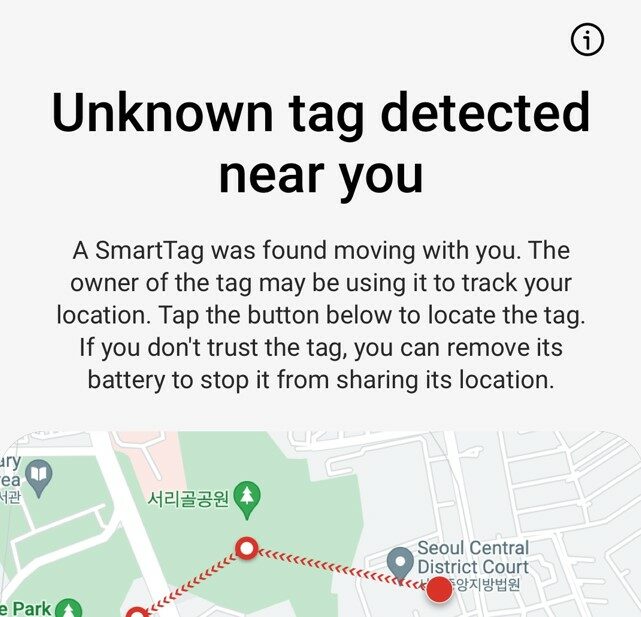Samsung has just revealed that its SmartThings Find service currently includes 300 million registered and opted-in devices that can assist users find their Samsung Galaxy devices. The growth of SmartThings Find has been remarkable, with 100 million more nodes registered since July 2022, acquiring 1.5 times growth in merely 10 months. The boost in nodes signifies the device location service evolves more efficiently as each device has the prospect to assist locate another. In easier terms, Samsung’s SmartThings Find has become more influential and valuable for its users with the acquisition of more nodes.
Furthermore, Jaeyeon Jung who is the Corporate Executive Vice President and Head of SmartThings at Samsung Electronics, expresses excitement over the growth and benefits of SmartThings Find, such as assisting to alleviate the stress of losing a device and ensuring the safety of belongings.
Jung furthermore accentuates the significance of ensuring the safe and secure use of the technology, as SmartThings Find incorporates enhanced security and privacy features to protect user data and guard against misuse.
SmartThings Find presents the ability to track diverse Samsung devices such as smartphones, tablets, earbuds, and Galaxy Watches. Besides, it authorizes users to locate the Galaxy SmartTag and SmartTag+ which are specifically designed for tracking purposes.
Samsung prioritizes security and privacy for SmartThings Find users
In addition, with the increasing number of users benefiting from this service, Samsung apprehends the significance of conserving the security and privacy of its users. Thus, to assure that the sensitive information of users is protected, SmartThings Find encrypts user data and implements further security through Samsung Knox, a security platform on Samsung Galaxy devices that provides defense-grade security.
The device’s location data is exclusively shared with further individuals with the user’s approval, assuring that users have authority over their data. Besides that, to additionally protect users’ privacy, the ID of an individual user’s device alters every 15 minutes and is held anonymously. This signifies that nonetheless if the location data is precluded by an unauthorized person, they will not be apt to determine the actual device or user linked with that data.

Samsung furthermore has a feature called the “Search for unknown tags near you” feature, available for both Android and iOS users. It authorizes users to manually scan for any unfamiliar Galaxy SmartTags or SmartTag+ devices that may be in their areas. The feature can present an estimate of the signal strength of the tag, signifying how near the tag is to the user’s existing location. Besides, if users encounter a tag that they do not identify, they can mark it as “unsafe” or specify particular tags as “safe” if they are identified. This feature equips a further layer of security for users by allowing them to catch any unknown tags.
Furthermore, to enable this feature, you require to access the SmartThings app’s “Life” tab and look at the Find service. Once you are there, now you require to open the settings menu and finally toggle the “Unknown tag alerts” feature on or off, as well as manually search for any unknown tags nearby.
Samsung launched SmartThings Find three years back, a feature that authorizes users to locate their Samsung devices such as phones, tablets, as well as wearables through a mobile app. The debut of SmartThings Find was publicized in concurrence with the blastoff of the Galaxy Note 20 series. Although the Galaxy Note series has since been discontinued, the SmartThings Find service has resumed growing and has evolved into an integral element of Samsung’s ecosystem of connected devices.
Lastly, if you are wondering how to install SmartThings Find, here is what you need to do:
Simply, just proceed to the SmartThings application then you need to click on the Life tab option. From there, you require to click on the SmartThings Find card. Once you click on it you will see the option to Download, just downloads all the required add-ons and you are good to go. Finally, specify the device you want to see on the map and then click on Done. Once the user has specified the devices they desire to locate, they will be capable to notice them on a map.


































